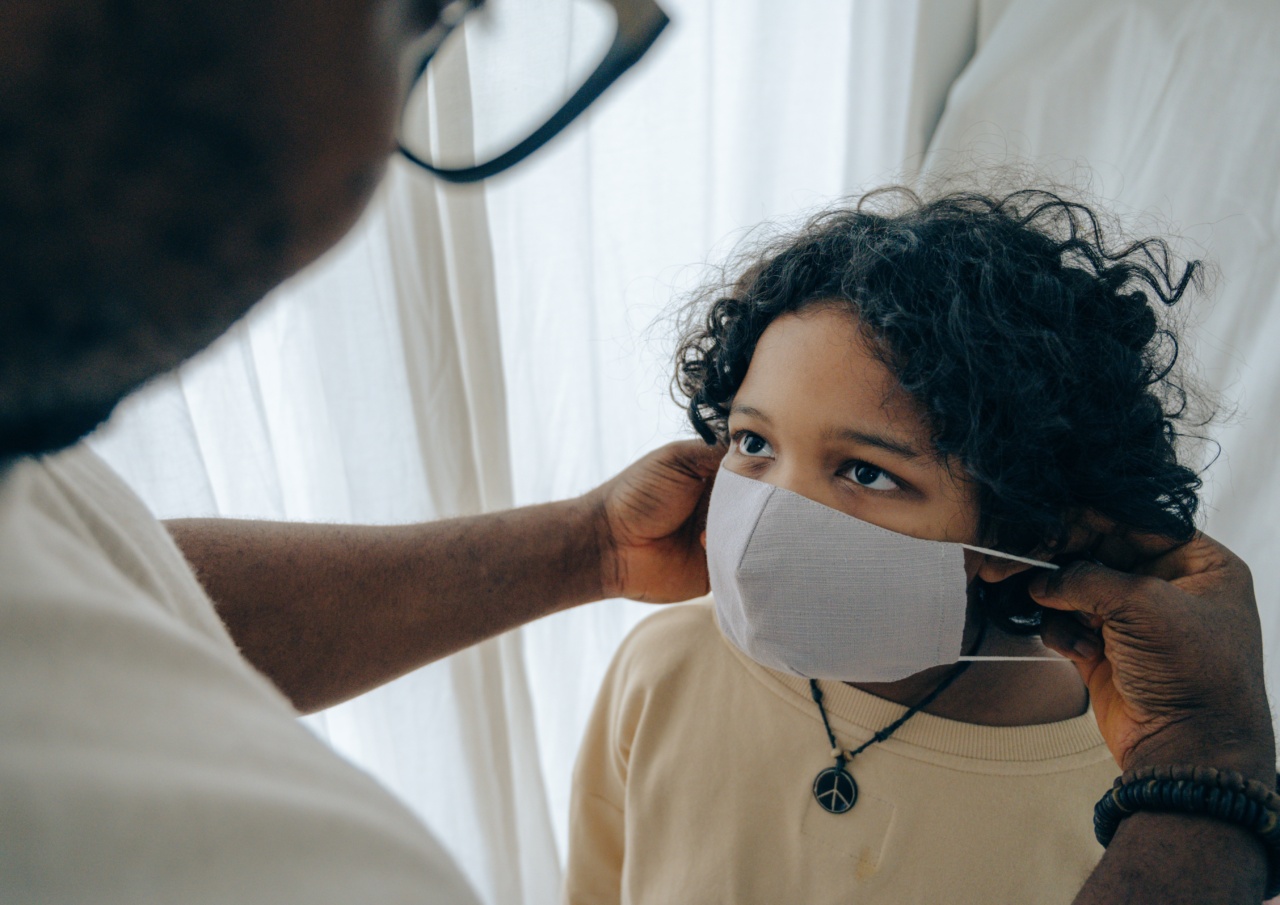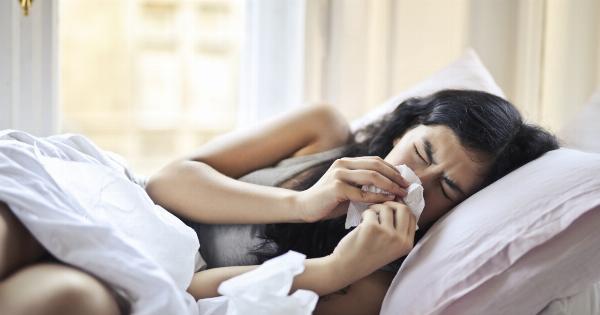Sneezing is a natural process of the respiratory system to remove any irritants or foreign substances from the nasal cavities. It is an essential body function that helps keep the airways clean and healthy.
However, sneezing may also spread germs and infectious disease-causing agents if not handled with care. Individuals who sneeze carelessly can potentially infect others with the flu, colds, or even COVID-19.
Therefore, it is essential to learn the best practices for sneezing to protect oneself and others from the spread of germs and infection. Here are some tips:.
1. Use a Tissue
When sneezing, use a tissue to cover your mouth and nose completely. Hold the tissue gently but firmly to avoid it from falling or moving during the sneeze.
Discard the tissue immediately after use, preferably into a closed bin to limit the spread of infectious particles. It is essential to wash your hands after discarding the tissue to prevent any potential transmission of infection.
2. Cover Your Mouth and Nose with Your Elbow
If you do not have a tissue available, cover your mouth and nose with your elbow. This technique helps prevent the droplets released during sneezing from spreading to others.
This is especially useful in situations where you have no access to tissue or paper.
If you have used your elbow to cover your sneeze, make sure to wash your clothes afterwards, especially if you have had contact with someone who has a virus or similar infection.
3. Do Not Cover with Your Hands Directly
It is essential to avoid covering your sneeze with your hands, as this increases the chance of transmission.
The germs and bacteria can easily spread from your hand to other surfaces, making it easy for anyone who comes into contact with these surfaces to catch the infection. The only exception is when you have freshly washed your hands, but your elbow or tissue is always a better alternative.
4. Maintain Social Distance
Always maintain a safe social distance from other people when you have to sneeze. The droplets released during the sneeze can travel long distances and infect others, so keeping a safe distance minimizes the spread of infection.
Many authorities recommend maintaining a distance of at least six feet. This social distancing technique can also reduce the spread of other respiratory diseases, including COVID-19.
5. Wear a Mask If Sick
Wearing a mask is essential when you are sick and have to sneeze in public. The mask helps prevent the spread of particles out of your mouth and nose while sneezing.
It is particularly important since many people with COVID-19 might not show any symptoms and might not even realize they’re sick.
A mask acts as a shield between you and other people, reducing the risk of airborne transmission of infections such as COVID-19.
6. Stay Home When You Are Sick
One of the easiest and most effective ways to prevent the spread of germs and infection is to stay home when you are feeling ill.
Avoid going to work, school, social gatherings, public events, or any other public places where you could spread the germs to others.
Staying home when you are sick reduces the risk of contracting and transmitting infections, which ultimately helps in maintaining public health and safety.
It also allows your body to rest, boosting your immune system’s ability to fight the infection and recover quickly.
7. Always Keep Hand Sanitizer
Hand sanitizer is an essential item to carry when you are outside or traveling. It helps to eliminate germs from your hands, which might have been picked up from surfaces you have touched, objects you have handled or through contact with other people.
Hand sanitizer is particularly useful in situations where washing your hands with soap and water is not possible, such as public transport, shopping malls, or other crowded places.
It is also vital to sanitize your hands after handling cash, touching doorknobs or other high-touch surfaces.
8. Practice Good Hygiene
Good hygiene practices are essential for protecting yourself and others from the spread of germs and infection. It helps keep your hands, face, and body clean and reduces the chance of getting sick.
To maintain good hygiene, wash your hands with soap and water frequently, especially before eating, after touching animals or handling garbage. Avoid touching your mouth, nose, and eyes, as this increases the chance of transmission.
Dispose of used tissues and other personal hygiene products appropriately to avoid contamination.
9. Use an Air Purifier
Air purifiers are an excellent way to remove irritants and pollutants from the air, particularly in an enclosed environment. They help filter the air, removing germs, bacteria, and other airborne particles that could cause illness.
It is important to choose an air purifier with the highest level of filtration capacity to ensure it can protect against viruses. Proper maintenance and replacement of the filter will ensure its effectiveness.
10. Avoid Contact with Sick People
Avoid contact with sick people whenever possible. If you have to be in the same room with someone who has an infection such as the flu, try to keep a safe distance, wear a mask, and wash or sanitize your hands frequently.
If you develop flu-like symptoms such as fever, cough, body aches, and fatigue, contact a healthcare provider and take necessary measures to isolate yourself from others until you have recovered.
Conclusion
Following the tips mentioned above can support you in preventing the spread of germs and infection while sneezing.
These simple yet effective measures can help protect yourself and others from the transmission of viruses, bacteria, and other airborne particles.
By practicing good hygiene, wearing a mask if required, using hand sanitizer, and maintaining a safe social distance, you can prevent the spread of infections and illnesses, ultimately keeping yourself and everyone in your community safe and healthy.































